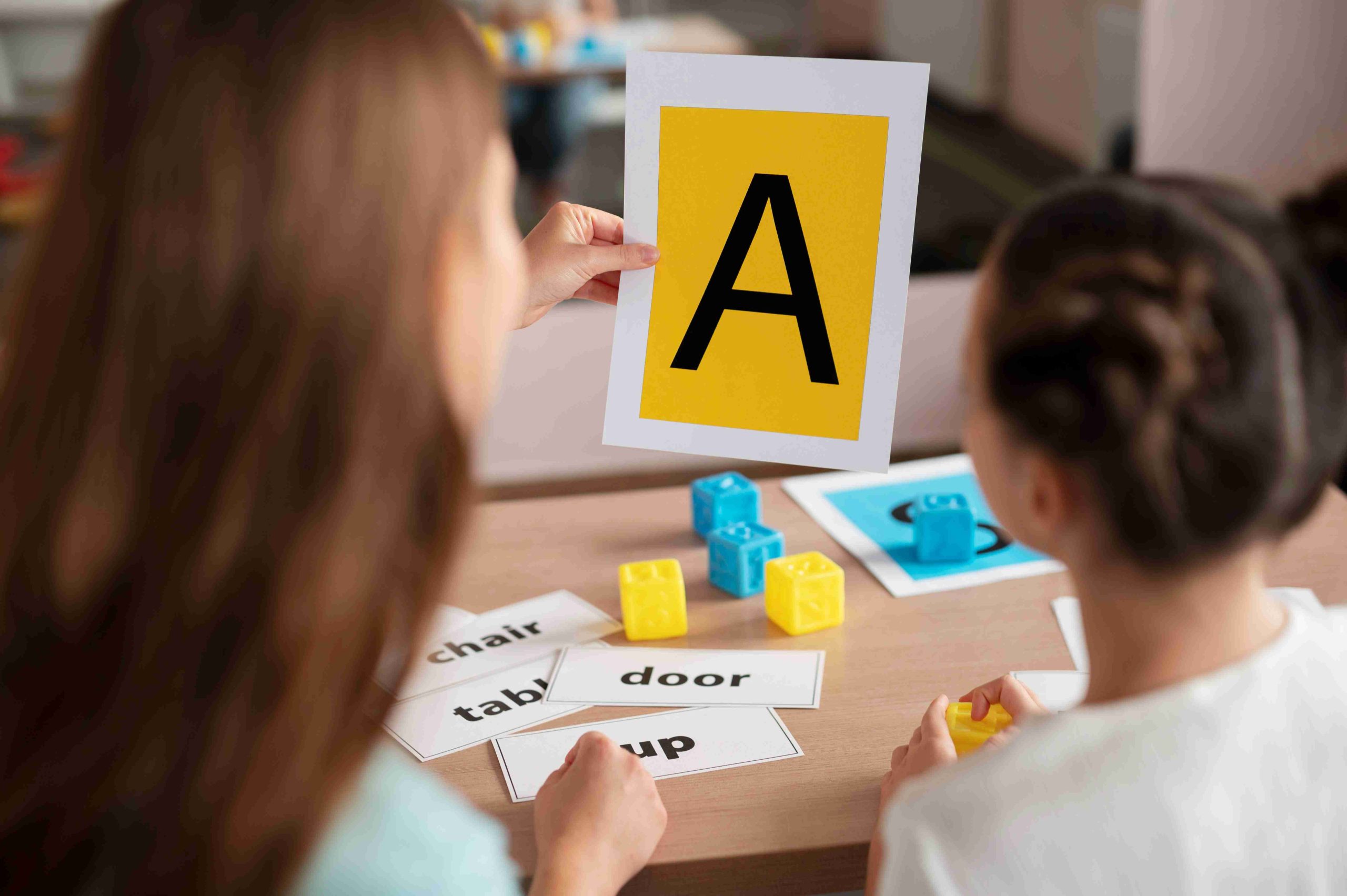
Should a 3 Year Old Be Able to Write Their Name? Understanding Letter Formation in Preschoolers
Introduction
We often ponder over the milestones and expectations for our preschoolers as parents and educators. One common question is whether a 3-year-old should be able to write their name. A fundamental skill in early writing development is letter formation, which entails correctly producing letters using appropriate strokes and shapes. This article discusses letter formation in preschoolers, including what is developmentally appropriate, how to encourage their development, and the significance of considering individual differences.
Understanding Letter Formation
What is Letter Formation?
Letter formation is a complex skill involving fine motor control, hand-eye coordination, and cognitive development. While some preschoolers may exhibit interest and aptitude for writing early on, there’s a wide range of typical development and individual variability. Here are some key points:
- Developmental Expectations: At 3, preschoolers are still developing fine motor skills and hand strength. Most are expected to demonstrate an interest in drawing and scribbling, with consistent letter formation typically emerging around 4 or 5.
- Importance of Play and Exploration: Preschoolers learn through play. Activities like drawing, scribbling, and tracing can aid in developing fine motor skills. Providing various materials and opportunities for experimentation fosters interest in writing without pressure.
- Individual Differences: Each preschooler is unique. Factors like temperament and previous experiences influence readiness and progress in letter formation. Encouragement and a positive attitude toward their attempts are crucial.
Strategies for Supporting Letter Formation
As parents and educators, implementing supportive strategies is essential:
- Provide a Supportive Writing Environment: Create a comfortable space with child-sized furniture and varied writing materials.
- Offer Opportunities for Mark-making: Encourage drawing, scribbling, and tracing to develop fine motor skills.
- Practice Proper Pencil Grip: Emphasize a correct grip to facilitate efficient letter formation.
- Start with Pre-writing Activities: Develop pre-writing skills before letter formation.
- Use Multisensory Approaches: Incorporate tactile and kinesthetic learning experiences.
- Offer Guidance and Support: Provide verbal prompts and constructive feedback without criticism.
- Encourage Self-expression: Promote creativity and language skills in writing attempts.
Balancing Expectations and Individual Development
While providing support, it’s crucial to balance expectations:
- Developmental Readiness: Not all preschoolers progress at the same rate. Rushing them can lead to resistance.
- Personal Preferences: Respect individual interests and avoid imposing undue pressure.
- Individual Differences: Recognize unique strengths, weaknesses, and learning styles.
- Emphasize Progress over Perfection: Celebrate effort and improvement rather than solely focusing on outcomes.
- Foster a Positive Attitude towards Writing: Make writing enjoyable through engaging activities.
- Consider Cultural and Individual Factors: Respect differing cultural practices and individual abilities.
The Role of Play in Letter Formation
Play is instrumental in supporting letter formation:
- Fine Motor Play: Activities like playdough manipulation strengthen hand muscles.
- Imaginative Play: Role-play scenarios encourage meaningful writing experiences.
- Outdoor Play: Writing in diverse environments enhances sensory experiences.
- Game Play: Interactive games make learning enjoyable.
- Sensory Play: Engaging in tactile experiences promotes letter formation.
The Importance of Fine Motor Skills Development for Letter Formation
Fine motor skills development is crucial:
- Playdough manipulation
- Threading beads
- Cutting with scissors
- Puzzle manipulation
Hand-Eye Coordination and Letter Formation
Hand-eye coordination is essential:
- Tracing
- Dot-to-dot activities
- Stamping
- Drawing and coloring
Encouraging Creativity in Letter Formation
Creativity enhances letter formation:
- Finger painting
- Chalkboard or whiteboard writing
- Writing with different materials
Incorporating Cognitive Development in Letter Formation
Cognitive skills play a role in letter formation:
- Letter recognition games
- Letter-sound association activities
- Sequencing activities
- Directionality practice
The Role of Parental Involvement in Letter Formation
Parents play a crucial role:
- Provide a conducive writing environment
- Offer guidance and feedback
- Engage in letter formation activities
- Incorporate letter formation into daily routines
Balancing Expectations and Individual Development
It’s vital to balance expectations:
- Developmental readiness
- Personal preferences
- Individual differences
- Emphasize progress over perfection
- Foster a positive attitude towards writing
- Consider cultural and individual factors
Conclusion
Letter formation is crucial for preschoolers’ writing development. Through supportive strategies and a balanced approach, preschoolers can develop this skill at their own pace. By fostering a positive environment and celebrating progress, we can nurture confident and skilled writers.
So, should a 3-year-old be able to write their name? While it varies, with the right support, many preschoolers can begin developing this skill and lay a strong foundation for their future writing abilities.


